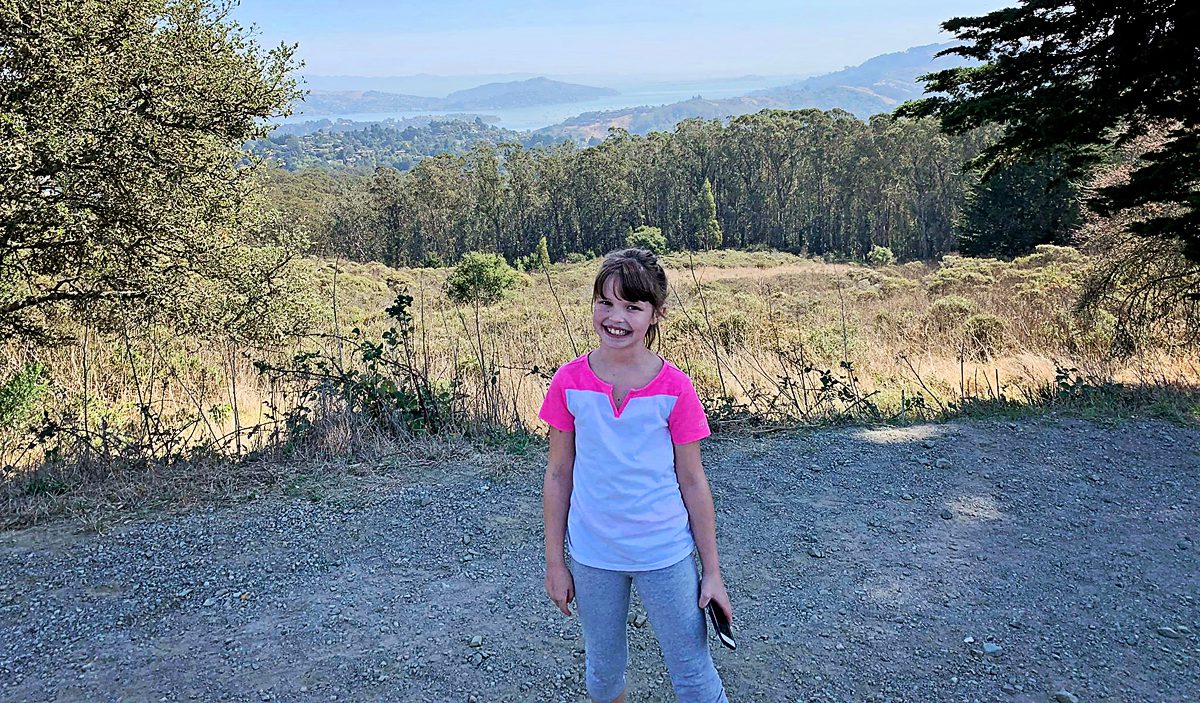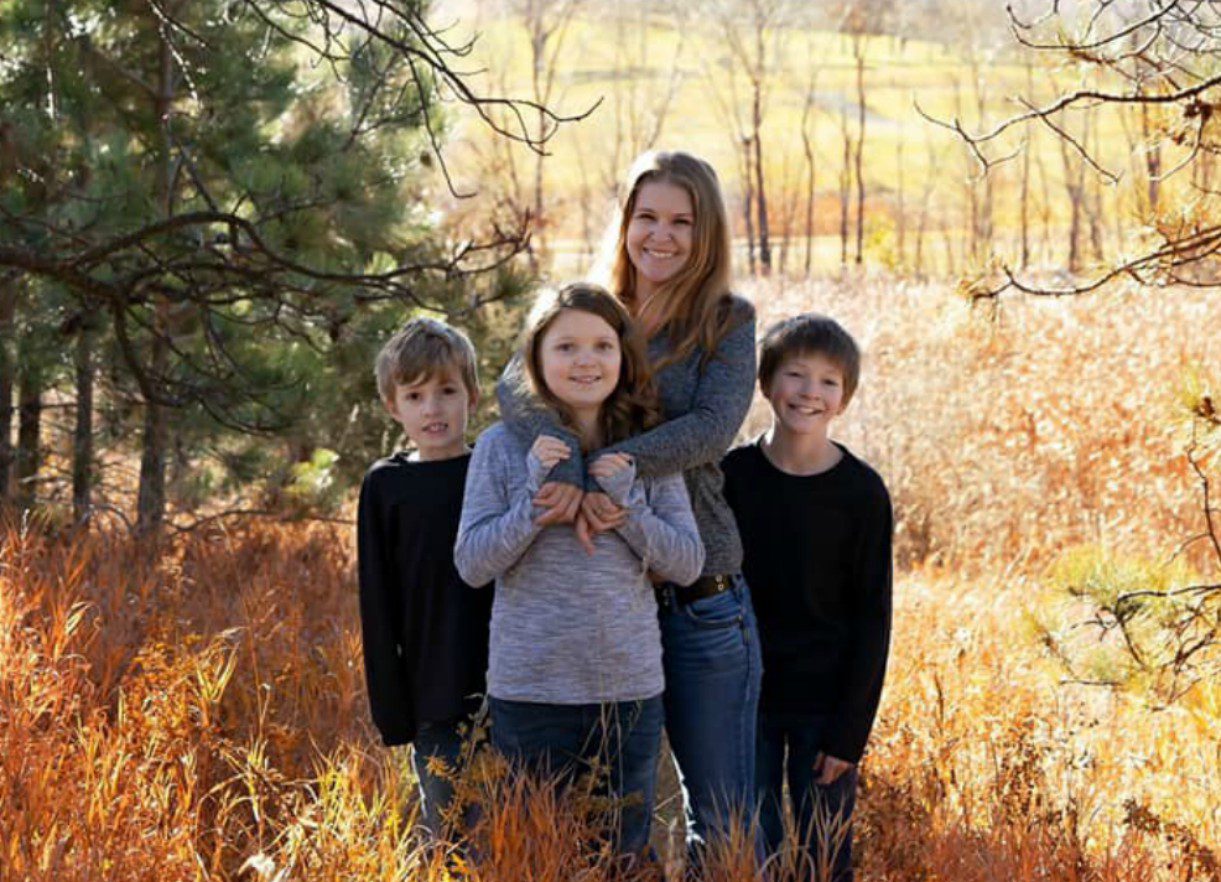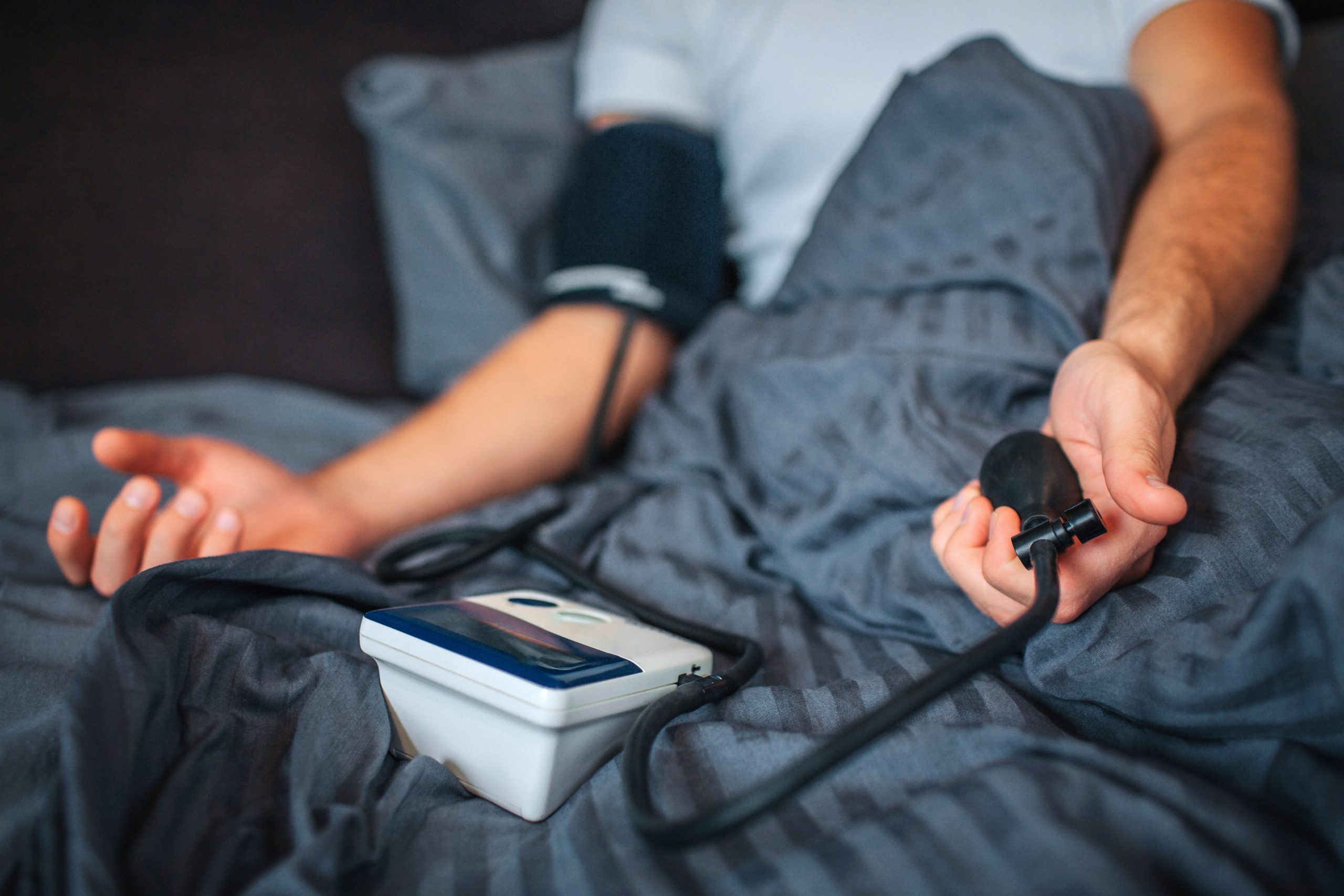
Chiari Malformation
-

Understanding Your Head and Neck Pain
You Might Have More Than A Migraine If… High-Pressure Headaches Those that suffer from high pressure tend to feel pressure behind the eyes (often mistaken for sinus headaches) and report feeling like their “head is going to explode” from the pressure. High-pressure headaches are generally characterized by being worse when laying down – often awaking…
-
![The Michelle Cole Story – A Chiari Warrior’s Journey [UPDATED]](https://dev.chiaribridges.org/wp-content/uploads/2018/12/DSC07853t.jpg)
The Michelle Cole Story – A Chiari Warrior’s Journey [UPDATED]
As I sit down to update my journey, I am crushed that we’re still figuring things out (and nothing really was as I was initially told it would be), yet at the same time, I’m so thankful that we’re continuing to figure things out. Nobody should have to fight a fight like this (every symptom,…
-

The Emmalyn Freeze Story – A Chiari Warrior’s Journey (Updated)
Colton had just finished his Chiari Decompression. He was headache free and doing great! His neurosurgeon came to me and said, “This is a genetic disorder and Emmalyn should be checked.” Two weeks later I took Emmalyn into the Chicago area to be sedated for her first MRI of the brain and spine. Three hours…
-

The Mukti Ryan Story – A Chiari Warrior’s Journey
“But you look so good” is what people usually say when they find out that I struggle with debilitating chronic illnesses. It is true- I wear fashionable clothes, I do my hair, I put on makeup and I have a smile on my face. Underneath it all though, is someone who is trying to live…
-
![Brain Under Pressure – A Guide to Understanding Intracranial Hypertension [Updated]](https://dev.chiaribridges.org/wp-content/uploads/2019/12/Woman_Up-with-headache_AS177290930.jpg)
Brain Under Pressure – A Guide to Understanding Intracranial Hypertension [Updated]
Left untreated, this high pressure creates a “pushing effect” towards the only natural escape at the base of the skull (the foramen magnum) and the cerebellar tonsils in the pathway are pushed through the foramen magnum.
-
![The Petra Johansson Story – A Chiari Warrior’s Journey [English Version]](https://dev.chiaribridges.org/wp-content/uploads/2019/11/Petra-Now2.jpg)
The Petra Johansson Story – A Chiari Warrior’s Journey [English Version]
“We need to perform surgery on your brain, and we need to do it now!” What would you do if someone said that to you? Your brain – that thing on the top of your head that is all that is you. Someone needs to cut into it and fix what is wrong and there…
-

The Sarah Taylor Story – A Chiari Warrior’s Journey
When I first started getting hit with symptoms, I was a divorced, single mother of three amazing kids; responsible not only to provide for them but to see them through life, unscathed by life’s situations, and showing them that there was nothing that if they worked hard at something, nothing could hold them back. I…
-

The Cameron Hallihan Story – A Chiari Warrior’s Journey
My son’s story started right from the moment he was born. I knew as soon as he tried to breastfeed that something was wrong. At that time, I didn’t know exactly what I was getting into. I figured he was aspirating like my first child. I took my brand-new baby home and tried to feed…
-

A Mother’s Story
Today is 11th April, 2019. Spring is in the air, yet I struggle to appreciate its presence. My daughters are at school, my son is at home in bed yet again. Like so many other days he is unable to get up. My son is 19 years old and looks just like any other 19…

